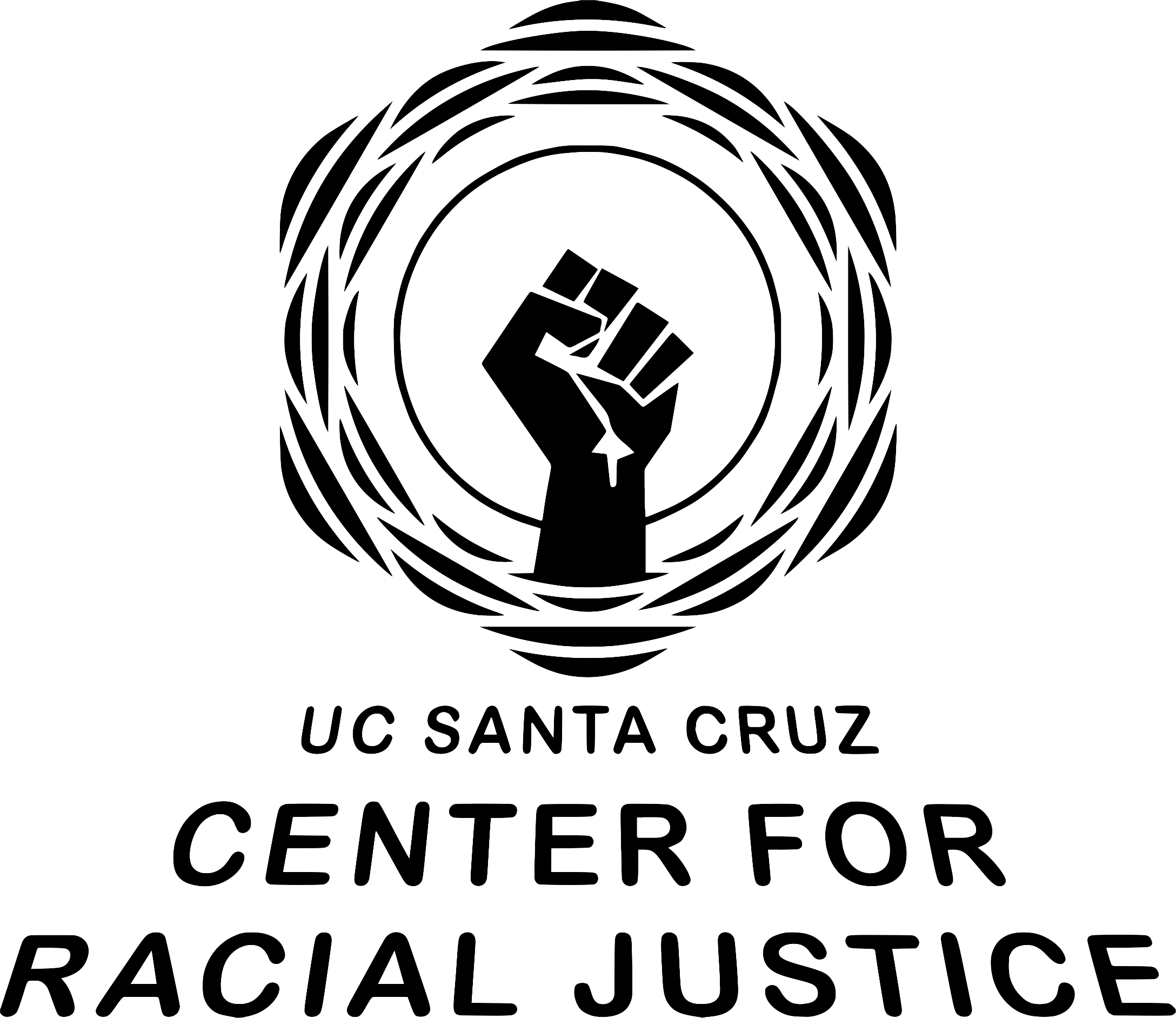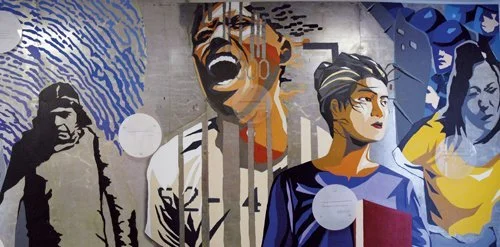Political Education
The University of California Ethnic Studies Council is a collaborative forum for addressing the varied needs on each campus – both those with fully established departments as well as those in the process of developing new ethnic studies programs and curricula. Membership is available to all UC faculty currently teaching in UC Ethnic Studies departments or units.
The UC Ethnic Studies Council is an alliance of all Ethnic Studies discipline focused departments, programs and faculty across our 10 campuses.
Find more information here: https://www.ucethnicstudiesfacultycouncil.org/
Liberated Ethnic Studies Model Curriculum (LESMC) Coalition
The LESMC vision is to promote the advancement and implementation of well designed Ethnic Studies courses and programs for the purpose of advancing students’ academic achievement, educational equity, community activist scholarship, and community leadership skills. Visit http://www.liberatedethnicstudies.org/ for more information.
Refugee Returns: Solidarity, Pandemic, and Temporal Intimacies in the Belly of the Beast
In February 2020, Hồng-Ân Trương joined the Center for Racial Justice, with support from Art+Design Placemaking, for Refugee Returns, a series of presentations and conversations about war, race, knowledge production, and political solidarity. After her visit, Trương (digitally) sat down with Trung P.Q. Nguyen, Ph.D. Candidate in History of Consciousness and Managing Editor of Critical Ethnic Studies journal, to discuss her work, temporal doubling, national belonging, the boiling point of the pandemic and racial solidarity in moments of historical crisis. Click here to read the interview.






